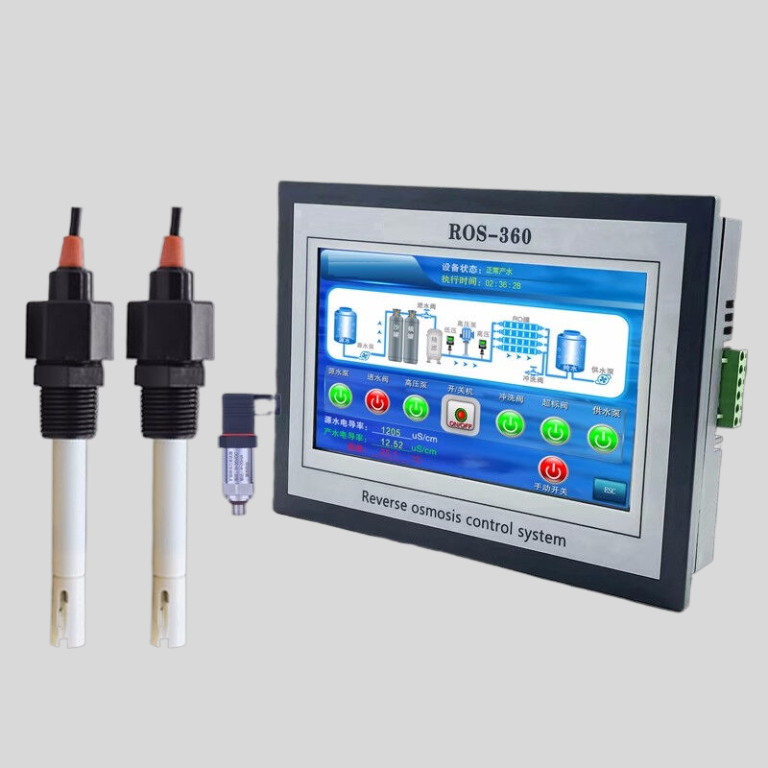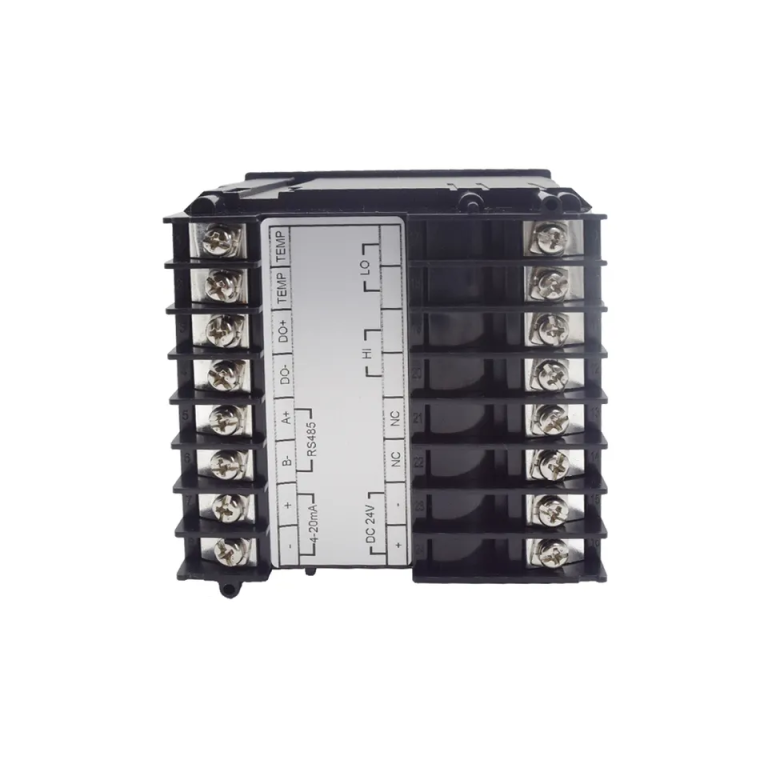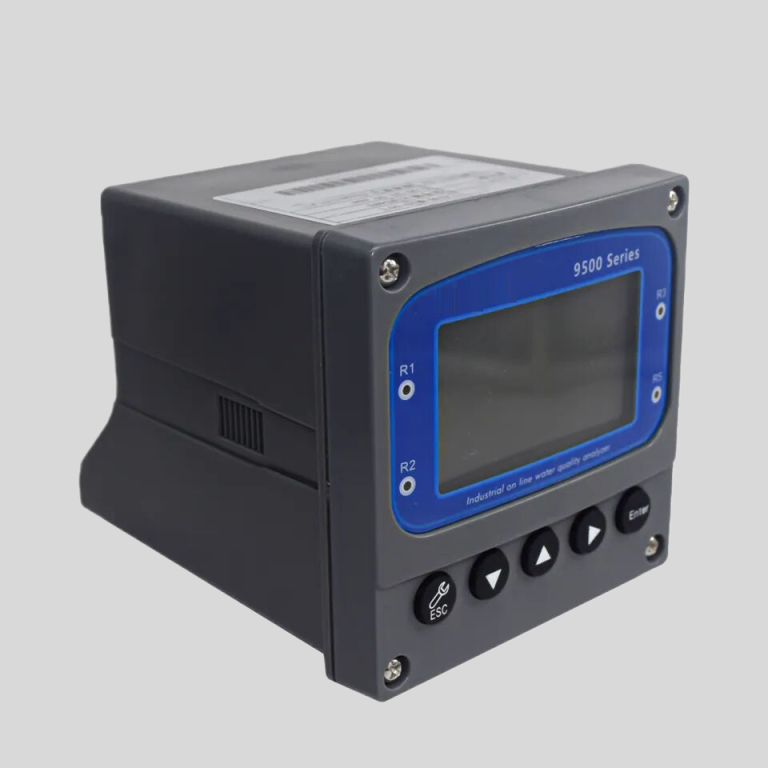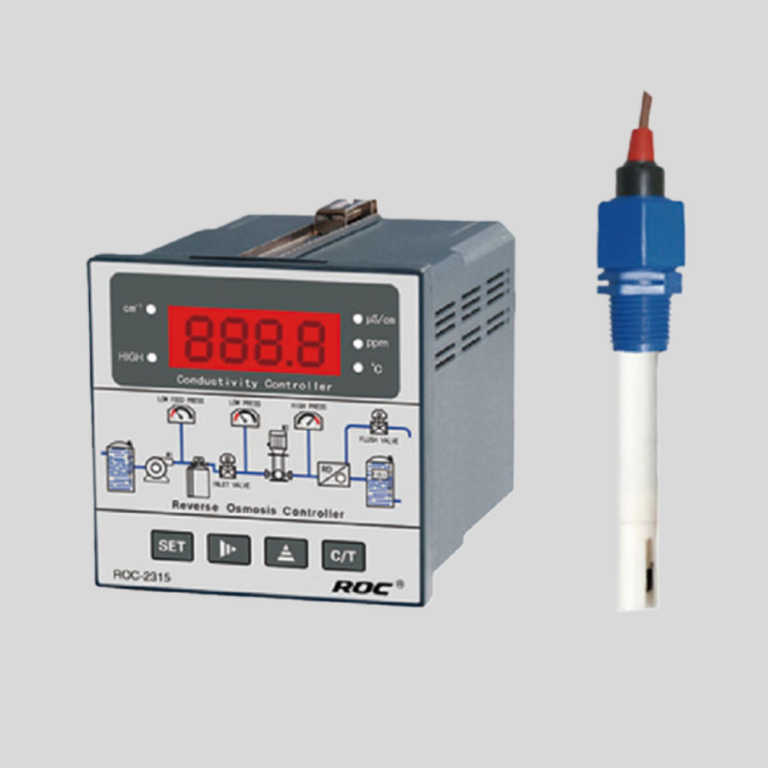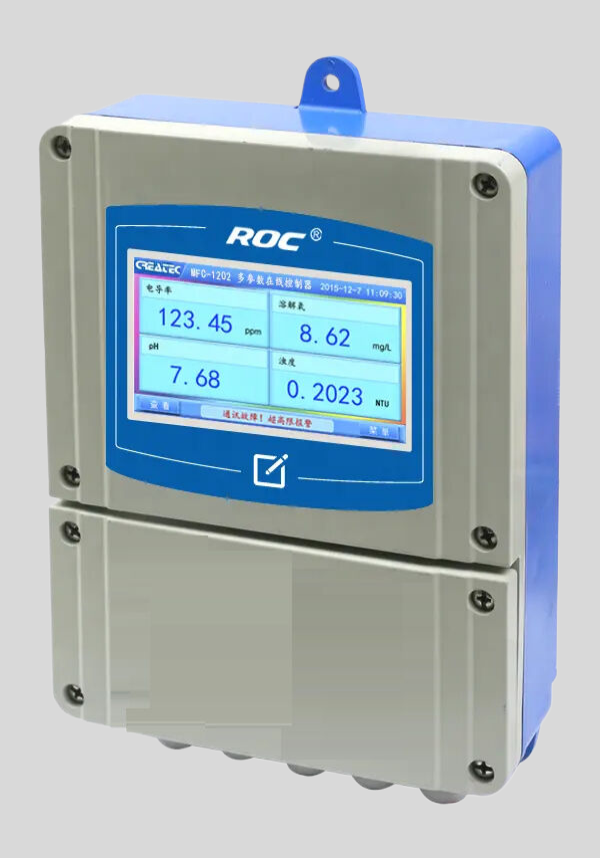A tagline about what a conductivity meter measures: “Measuring the flow of electrical currents in liquids.”
Understanding the Basics of Conductivity Measurement
Conductivity meters are essential tools used in various industries to measure the ability of a solution to conduct an electric current. This measurement is crucial in determining the purity and concentration of a solution, as well as monitoring the overall quality of water in different applications. Understanding how conductivity meters work and what they measure is essential for anyone working in fields such as water treatment, pharmaceuticals, agriculture, and environmental monitoring.
Conductivity meters operate on the principle that ions in a solution carry an electric charge and can conduct electricity. When an electric current is passed through a solution, the ions in the solution will move towards the electrodes, allowing the current to flow. The conductivity of the solution is directly proportional to the concentration of ions present in the solution. Therefore, a higher concentration of ions will result in a higher conductivity reading.
| Model No. | CIT-8800 Inductive Conductivity / Concentration Online Controller | |
| Measurement range | Conductivity | 0.00μS/cm ~ 2000mS/cm |
| Concentration | 1.NaOH,(0-15)% or(25-50)%; | |
| 2.HNO3(note the Corrosion resistance of the sensor)(0-25)% or(36-82)%; | ||
| 3.User-defined concentration curves. | ||
| TDS | 0.00ppm~1000ppt | |
| Temp. | (0.0 ~ 120.0)℃ | |
| Resolution | Conductivity | 0.01μS/cm |
| Concentration | 0.01% | |
| TDS | 0.01ppm | |
| Temp. | 0.1℃ | |
| Accuracy | Conductivity | 0μS/cm ~1000μS/cm ±10μS/cm |
| 1 mS/cm~500 mS/cm ±1.0% | ||
| 500mS/cm~2000 mS/cm ±1.0% | ||
| TDS | 1.5 level | |
| Temp. | ±0.5℃ | |
| Temp. compensation | element | Pt1000 |
| range | (0.0~120.0)℃ linear compensation | |
| (4~20)mA Current output | channels | Double channels |
| features | Isolated, adjustable, reversible, 4-20MA output, instruments/ transmitter mode. | |
| Loop resistance | 400Ω(Max),DC 24V | |
| Resolution | ±0.1mA | |
| Control contact | Channels | Triple channels |
| Contact | Photoelectric relay output | |
| Programmable | Programmable ( temperature 、conductivity/concentration/TDS、timing)output | |
| Features | Could set temperature、conductivity/concentration/TDS、 timing NO/NC/ PID selection | |
| Resistance load | 50mA(Max),AC/DC 30V(Max) | |
| Data communication | RS485,MODBUS protocol | |
| Power supply | DC 24V±4V | |
| Consumption | <5.5W | |
| Working environment | Temperature:(0~50)℃ Relative Humidity:≤85%RH(non- condensing ) | |
| Storage | Temperature:(-20~60)℃ Relative Humidity:≤85%RH(non- condensing) | |
| Protection level | IP65(with rear cover) | |
| Outline dimension | 96mm×96 mm×94mm (H×W×D) | |
| Hole dimension | 91mm×91mm(H×W) | |
| Installation | Panel mounted , fast installation | |
One of the key advantages of using a conductivity meter is its ability to provide a quick and accurate measurement of the ionic content of a solution. This is particularly useful in industries where the purity of a solution is critical, such as in pharmaceutical manufacturing or water treatment plants. By measuring the conductivity of a solution, operators can quickly determine if the solution meets the required standards and take corrective action if necessary.
Conductivity meters are also commonly used in environmental monitoring to assess the quality of water in rivers, lakes, and oceans. High levels of conductivity in water can indicate the presence of pollutants or contaminants, which can have harmful effects on aquatic life and human health. By regularly monitoring the conductivity of water bodies, environmental scientists can identify potential sources of pollution and take steps to mitigate their impact on the environment.

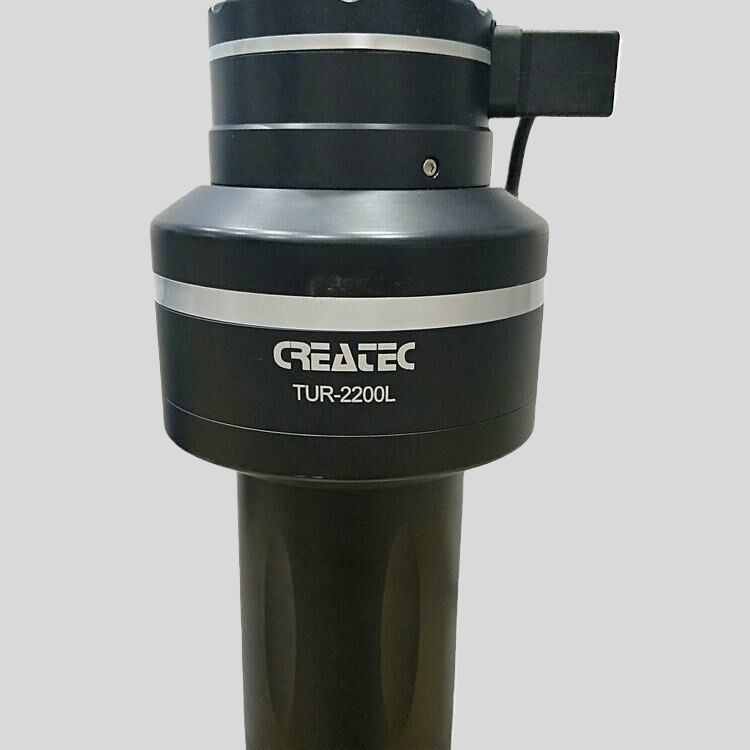
| Measurement range | N,N-Diethyl-1,4-phenylenediamine (DPD) spectrophotometry | |||
| Model | CLA-7112 | CLA-7212 | CLA-7113 | CLA-7213 |
| Inlet channel | Single channel | Double channel | Single channel | Double channel |
| Measurement range | Free chlorine:(0.0-2.0)mg/L ,Calculated as Cl2; | Free chlorine:(0.5-10.0)mg/L ,Calculated as Cl2; | ||
| pH:(0-14);Temperature:(0-100)℃ | ||||
| Accuracy | Free chlorine:±10% or ±0.05mg/L(take the large value),Calculated as Cl2; | Free chlorine:±10% or±0.25mg/L(take the large value),Calculated as Cl2; | ||
| pH:±0.1pH;Temperature:±0.5℃ | ||||
| Measurement Period | ≤2.5min | |||
| Sampling interval | The interval (1~999) min can be set arbitrarily | |||
| Maintenance cycle | Recommended once a month (see maintenance chapter) | |||
| Environmental requirements | A ventilated and dry room without strong vibration;Recommended room temperature:(15~28)℃;Relative humidity:≤85%(No condensation) | |||
| Water sample flow | (200-400) mL/min | |||
| Inlet pressure | (0.1-0.3) bar | |||
| Inlet water temperature range | (0-40)℃ | |||
| Power supply | AC (100-240)V; 50/60Hz | |||
| Power | 120W | |||
| Power connection | The 3-core power cord with plug is connected to the mains socket with ground wire | |||
| Data output | RS232/RS485/(4~20)mA | |||
| Size | H*W*D:(800*400*200)mm | |||
In conclusion, conductivity meters are valuable tools for measuring the ionic content of solutions in various industries. By understanding how conductivity meters work and what they measure, operators can ensure the quality and purity of their products, protect the environment, and optimize agricultural practices. Regular calibration of conductivity meters is essential to maintain accurate measurements and ensure the reliability of the data collected. Conductivity meters play a crucial role in ensuring the safety and quality of products and environments, making them indispensable tools for professionals in a wide range of fields.

